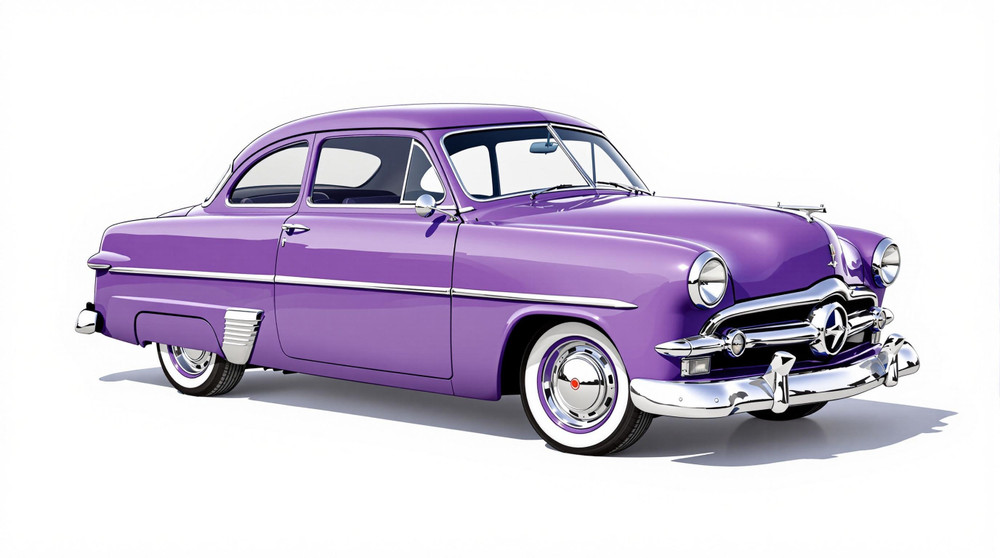Image of 1952 Ford Customline, Note: These illustrations use artistic license and may differ from actual historical models.
Performance Metrics
Fundamental Metrics
Emotional Appeal
MMP Rating
| Engine Specifications | |
|---|---|
| Engine: | Inline 6, V8 |
| Displacement: | 215-239 cu in |
| Horsepower: | 101-110 hp |
| Torque: | 180-190 lb-ft |
| Compression Ratio: | 6.8:1 (for V8) |
| Ignition System: | Distributor and coil |
| Cooling System: | Liquid-cooled |
| Performance Specifications | |
| 0-60 Time: | Estimated 15-20 seconds |
| 1/4 Mile Time: | Estimated 20-25 seconds |
| Top Speed: | 75-80 mph |
| Transmission and Drive | |
| Drive Type: | Rear-wheel drive |
| Transmission Type: | 3-speed manual, 2-speed Fordomatic automatic |
| Fuel and Efficiency | |
| Fuel System Type: | Carburetor |
| MPG: | Estimated 15-20 mpg |
| Dimensions and Brakes | |
| Brakes: | Drum brakes |
| Wheelbase: | 115 inches |
| Weight: | 3100-3300 lbs |
Note: Specifications for classic cars are given to the best of our ability, considering the limited and variant data available.
1952 Ford Customline: An Emblem of Post-War American Ingenuity
The 1952 Ford Customline stands as a testament to the resilience and innovation of the post-war American automotive industry. Born from the assembly lines of the Ford Motor Company, this vehicle not only marked a significant evolution in design and technology but also symbolized the optimism of a nation rebuilding itself. The Customline, nestled comfortably between the Mainline and Crestline series, offered consumers a touch of luxury without the extravagant price tag. A notable moment in its history was its role in Ford's 50th-anniversary celebration, which was marked by an overhaul in style and engineering, setting the stage for the future of American cars.
Design and Innovation
The 1952 Ford Customline boasted a sleek, modern aesthetic that captured the essence of 50s styling with its smooth lines and chrome accents. The car's exterior was characterized by its distinctive bullet-nose grille and integrated rear fenders, which flowed into the bodywork. Inside, passengers were greeted with durable fabrics and an array of color-coordinated interiors that spoke to Ford's attention to detail. Technologically, it featured advancements such as Ford-O-Matic automatic transmission and a "Magic Air" heater system. Popular color options included Raven Black and Sea Island Green, with the two-tone paint schemes being particularly sought after. Among body styles, the four-door sedan was prevalent, but it was the two-door coupe that captured enthusiasts' hearts.
Historical Significance
The Customline's impact on automotive design was profound; it helped popularize features like automatic transmissions and self-adjusting brakes within an accessible price range. Its blend of style, comfort, and innovation set it apart from competitors and influenced subsequent models for years to come.
Performance and Handling
Underneath its hood lay a choice of robust powerplants: a 215-cubic-inch inline-six or a 239-cubic-inch flathead V8 engine. The latter could propel the Customline to top speeds nearing 90 mph—a respectable figure for its era—with acceleration from 0-60 mph achieved in just over 20 seconds. On the road, drivers enjoyed a smooth ride thanks to improved suspension systems, while handling remained steady even on less forgiving terrains. The throaty rumble of the V8 became synonymous with the driving experience, delivering both excitement and reliability.
Ownership Experience
The Customline found its place in various roles—from dependable family transport to weekend showpiece—and even occasionally graced local racetracks. Owners appreciated its straightforward mechanics which made maintenance manageable for even novice car enthusiasts. While reliability was one of its strong suits, parts availability now plays a crucial role in preserving these classics.
Fun Facts
The Customline has seen its share of limelight with appearances in period films and television shows, often evoking nostalgia for simpler times. While not known for breaking speed records, it did set sales records for Ford at the time. Criticisms were few but did include comments on fuel consumption—hardly surprising given its powerful V8 option.
Collector's Information
Today, a well-maintained 1952 Ford Customline can fetch anywhere from $10,000 to $30,000 depending on condition and originality—though prices can vary widely. With production numbers estimated in the hundreds of thousands, they are relatively plentiful in the classic car market but finding one in pristine condition is becoming increasingly challenging. As interest in 50s Americana remains strong among collectors, values for these vehicles have generally appreciated over time.
Conclusion
The 1952 Ford Customline is more than just a mode of transportation; it is a piece of American history on wheels. Its blend of style, performance, and practicality has cemented its place in automotive lore. Whether you're behind the wheel or admiring from afar, this classic Ford continues to captivate enthusiasts around the world.
1952 Ford Customline Catalog of Parts
 1952 Ford Customline Spring and Shackle Bushing. 7/8" bottom O.D-BN 19Spring and Shackle Bushing. 7/8" bottom O.D. X 1-1/4" high, with 1/2" I.D. Each
1952 Ford Customline Spring and Shackle Bushing. 7/8" bottom O.D-BN 19Spring and Shackle Bushing. 7/8" bottom O.D. X 1-1/4" high, with 1/2" I.D. Each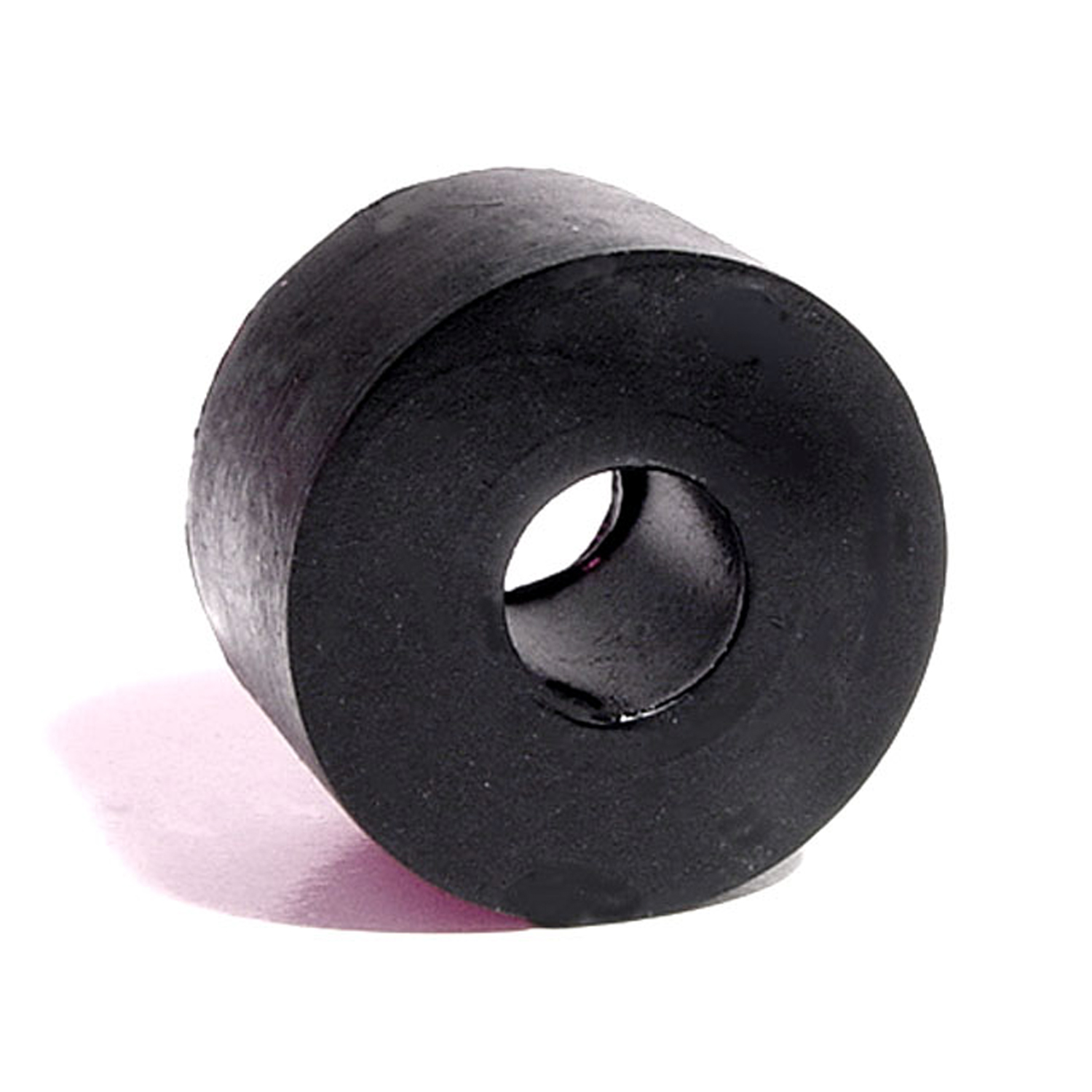 1952 Ford Customline Shock Absorber Grommet. 1" bottom O.D-BN 6Shock Absorber Grommet. 1" bottom O.D. X 1/2" high, with 3/8" I.D. Each
1952 Ford Customline Shock Absorber Grommet. 1" bottom O.D-BN 6Shock Absorber Grommet. 1" bottom O.D. X 1/2" high, with 3/8" I.D. Each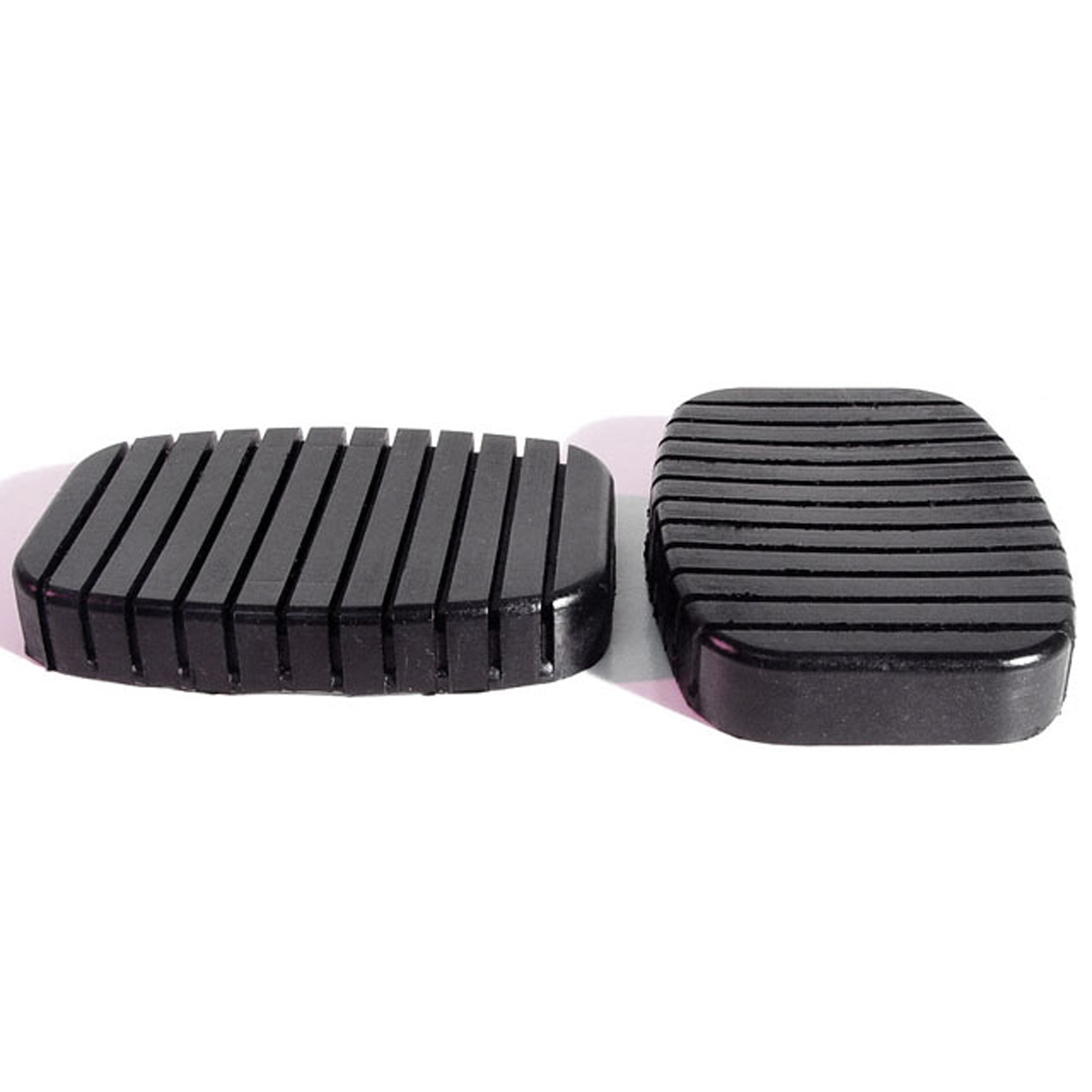 1952 Ford Customline Clutch and Brake Pedal Pads-CB 90-BClutch and Brake Pedal Pads. For models with standard transmission. 2-1/4" wide X 3-1/4" long. Pair
1952 Ford Customline Clutch and Brake Pedal Pads-CB 90-BClutch and Brake Pedal Pads. For models with standard transmission. 2-1/4" wide X 3-1/4" long. Pair 1952 Ford Customline Brake Pedal Pad. Correct reproduction of a difficult part-CB 90-CBrake Pedal Pad. Correct reproduction of a difficult part. 2-1/2" wide X 4-1/2" long. Each
1952 Ford Customline Brake Pedal Pad. Correct reproduction of a difficult part-CB 90-CBrake Pedal Pad. Correct reproduction of a difficult part. 2-1/2" wide X 4-1/2" long. Each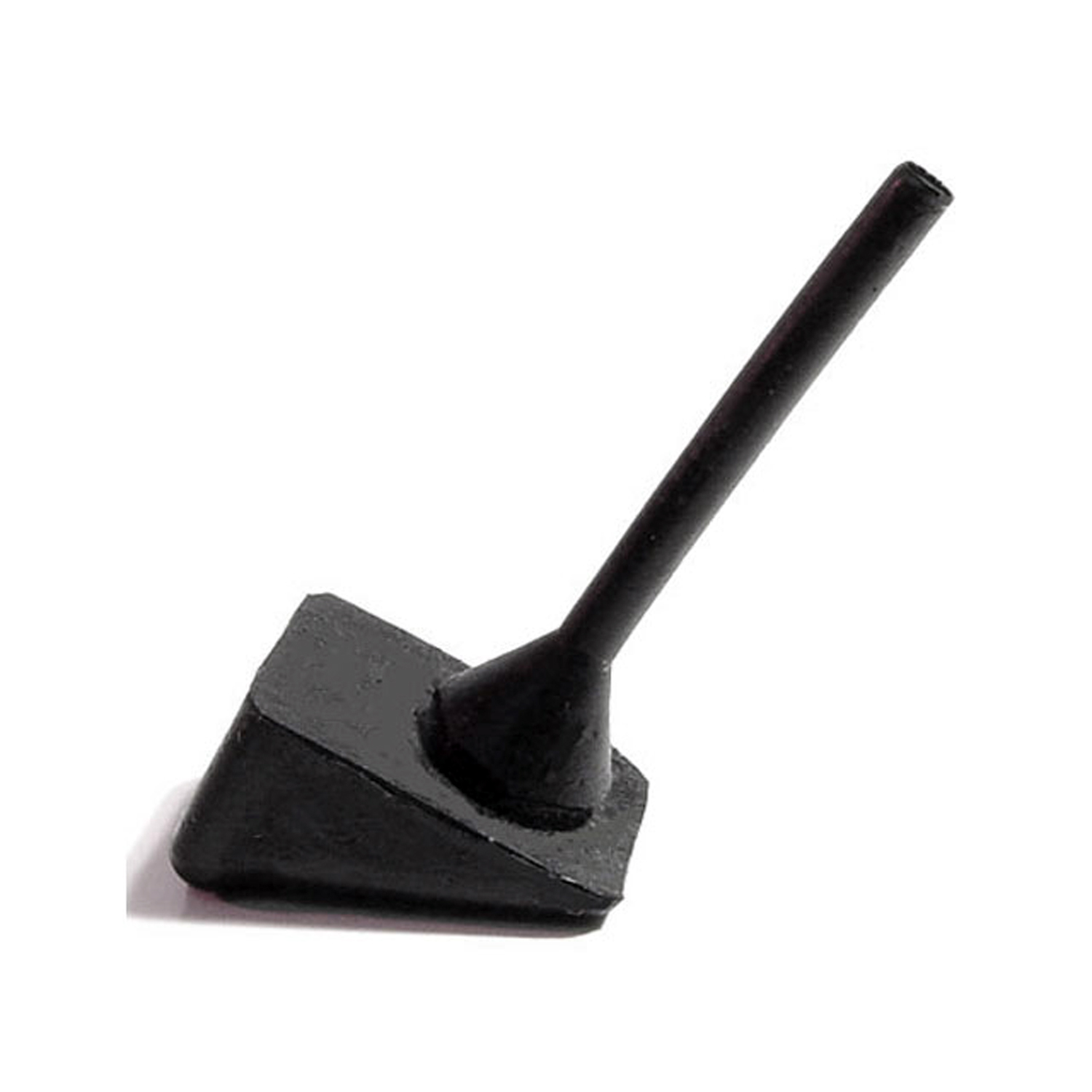 1952 Ford Customline Hood Bumper. Each-HF 8Hood Bumper. Each
1952 Ford Customline Hood Bumper. Each-HF 8Hood Bumper. Each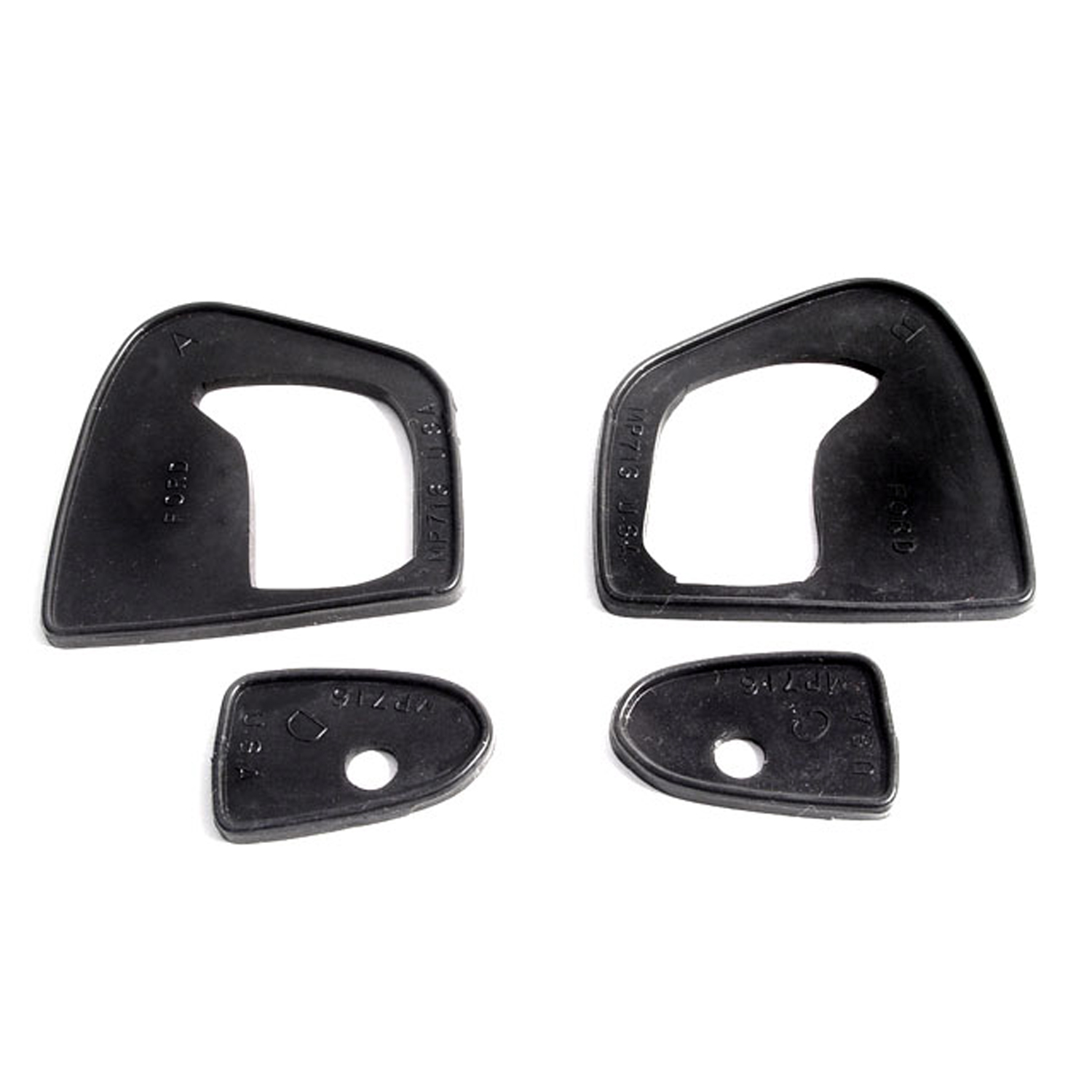 1952 Ford Customline Door Handle Pads. 2-1/2" long & 1-1/2" long. Set R&L-MP 716Door Handle Pads. 2-1/2" long & 1-1/2" long. Set R&L
1952 Ford Customline Door Handle Pads. 2-1/2" long & 1-1/2" long. Set R&L-MP 716Door Handle Pads. 2-1/2" long & 1-1/2" long. Set R&L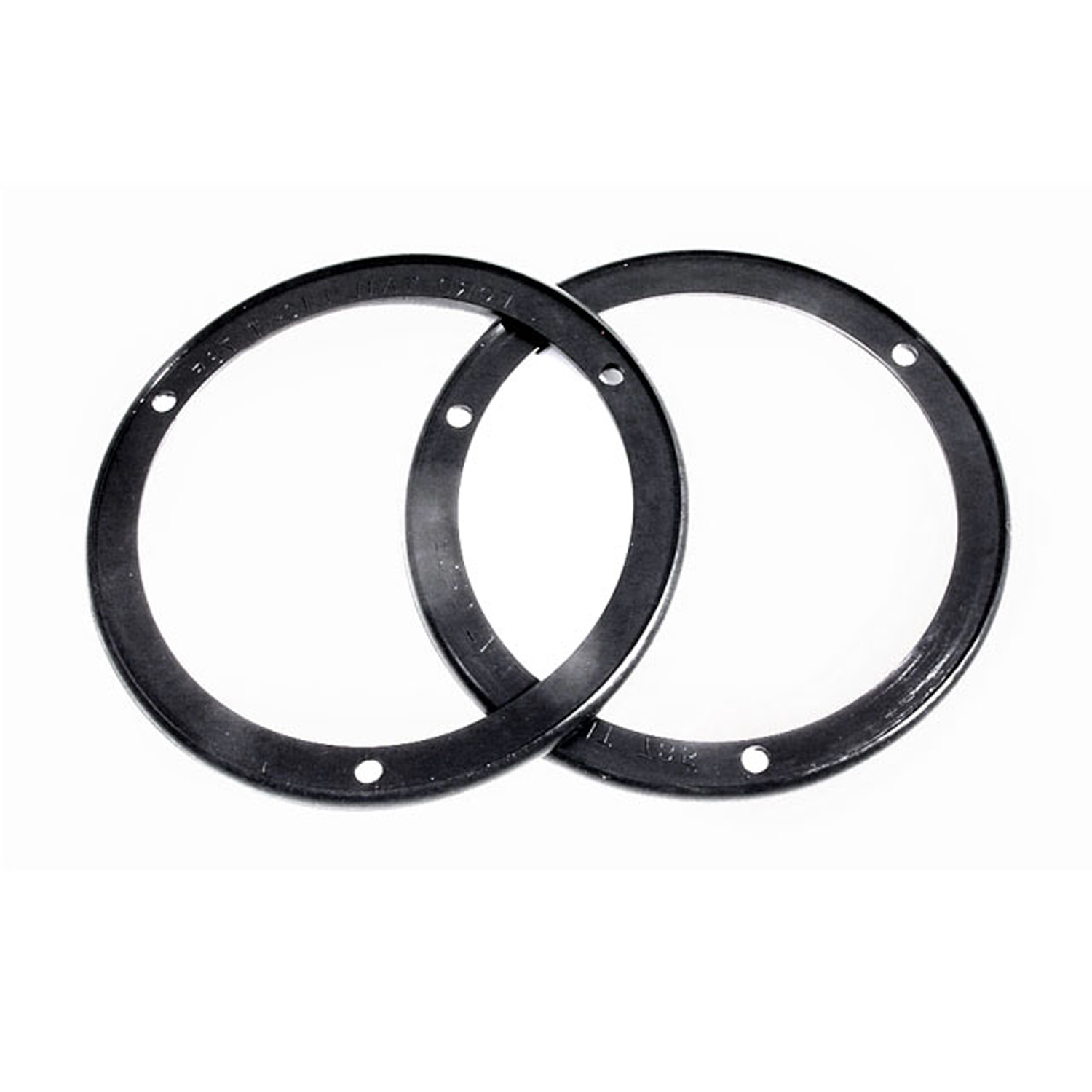 1952 Ford Customline Tail-light Pads. 6-1/2" O.D. Pair-MP 785Tail-light Pads. 6-1/2" O.D. Pair
1952 Ford Customline Tail-light Pads. 6-1/2" O.D. Pair-MP 785Tail-light Pads. 6-1/2" O.D. Pair 1952 Ford Customline Clutch and Brake Arm Bumpers. Top quality reproduction-RP 31-KClutch and Brake Arm Bumpers. Top quality reproduction. Pair
1952 Ford Customline Clutch and Brake Arm Bumpers. Top quality reproduction-RP 31-KClutch and Brake Arm Bumpers. Top quality reproduction. Pair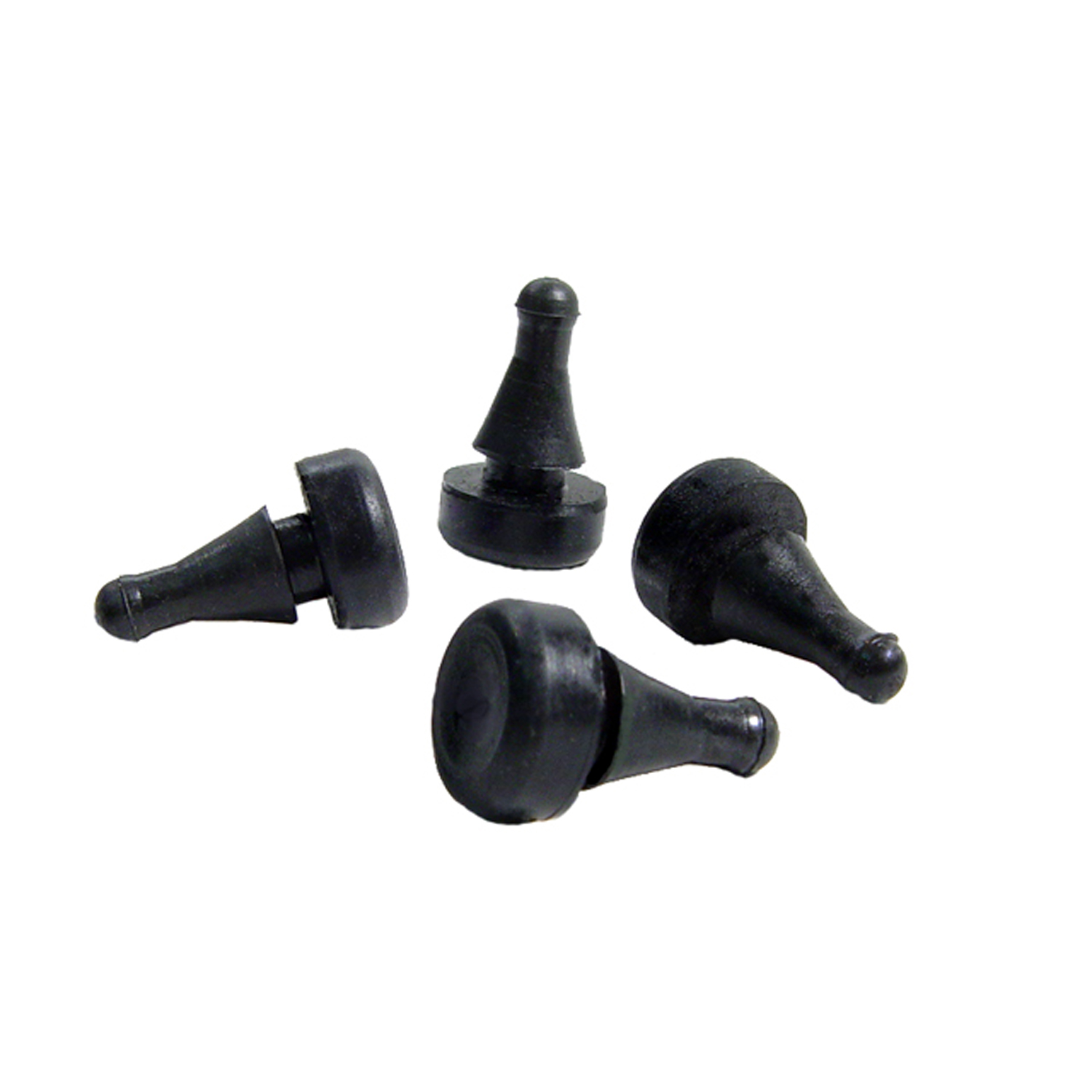 1952 Ford Customline Hood Bumpers. 3/8" O.D., 3/4" Long. Set of four-SB 900Hood Bumpers. 3/8" O.D., 3/4" Long. Set of four
1952 Ford Customline Hood Bumpers. 3/8" O.D., 3/4" Long. Set of four-SB 900Hood Bumpers. 3/8" O.D., 3/4" Long. Set of four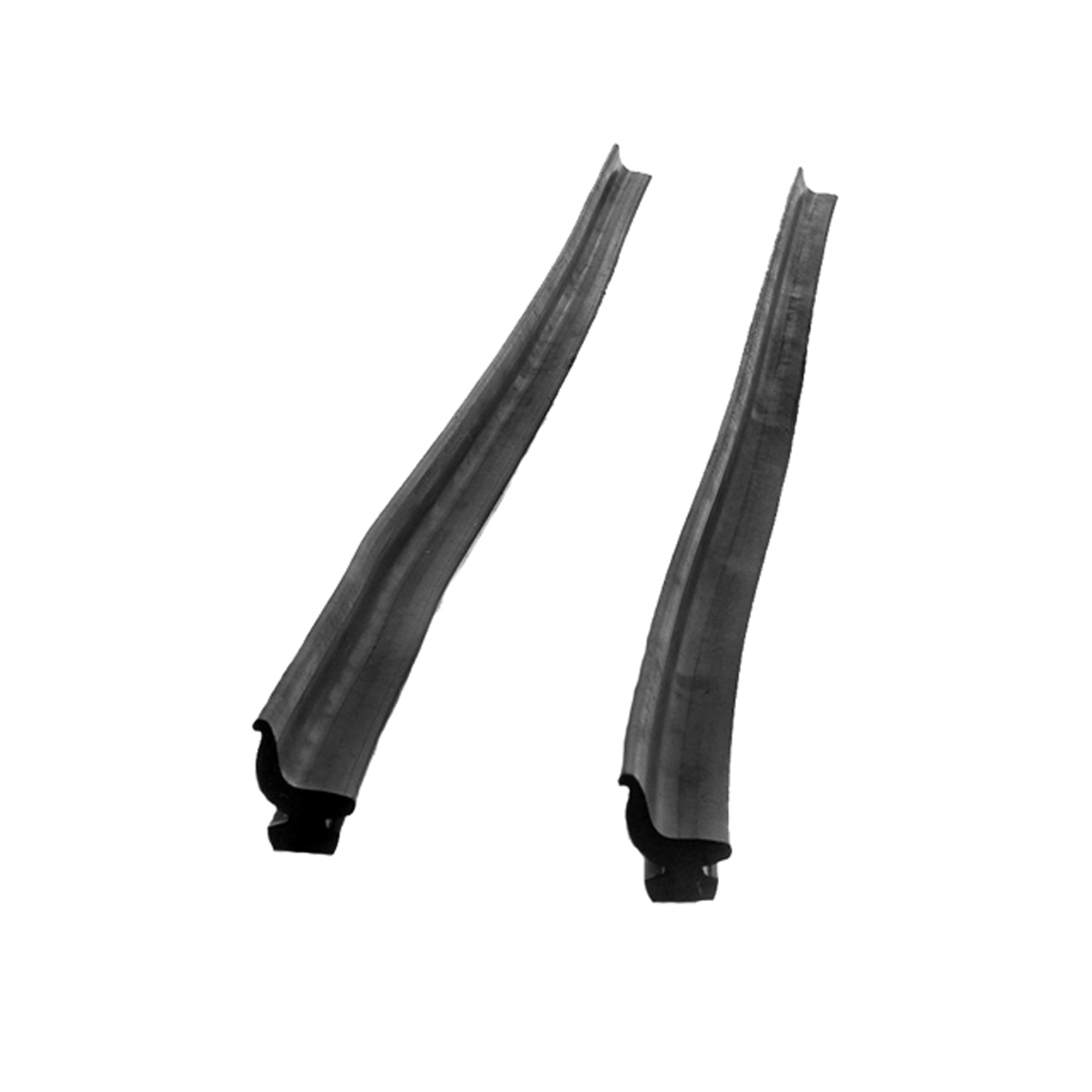 1952 Ford Customline Rear roll-up Seal. Two 18" sections sliced into metal track-VS 4Rear roll-up Seal. Two 18" sections sliced into metal track. this foot with no steel insert. Pair
1952 Ford Customline Rear roll-up Seal. Two 18" sections sliced into metal track-VS 4Rear roll-up Seal. Two 18" sections sliced into metal track. this foot with no steel insert. Pair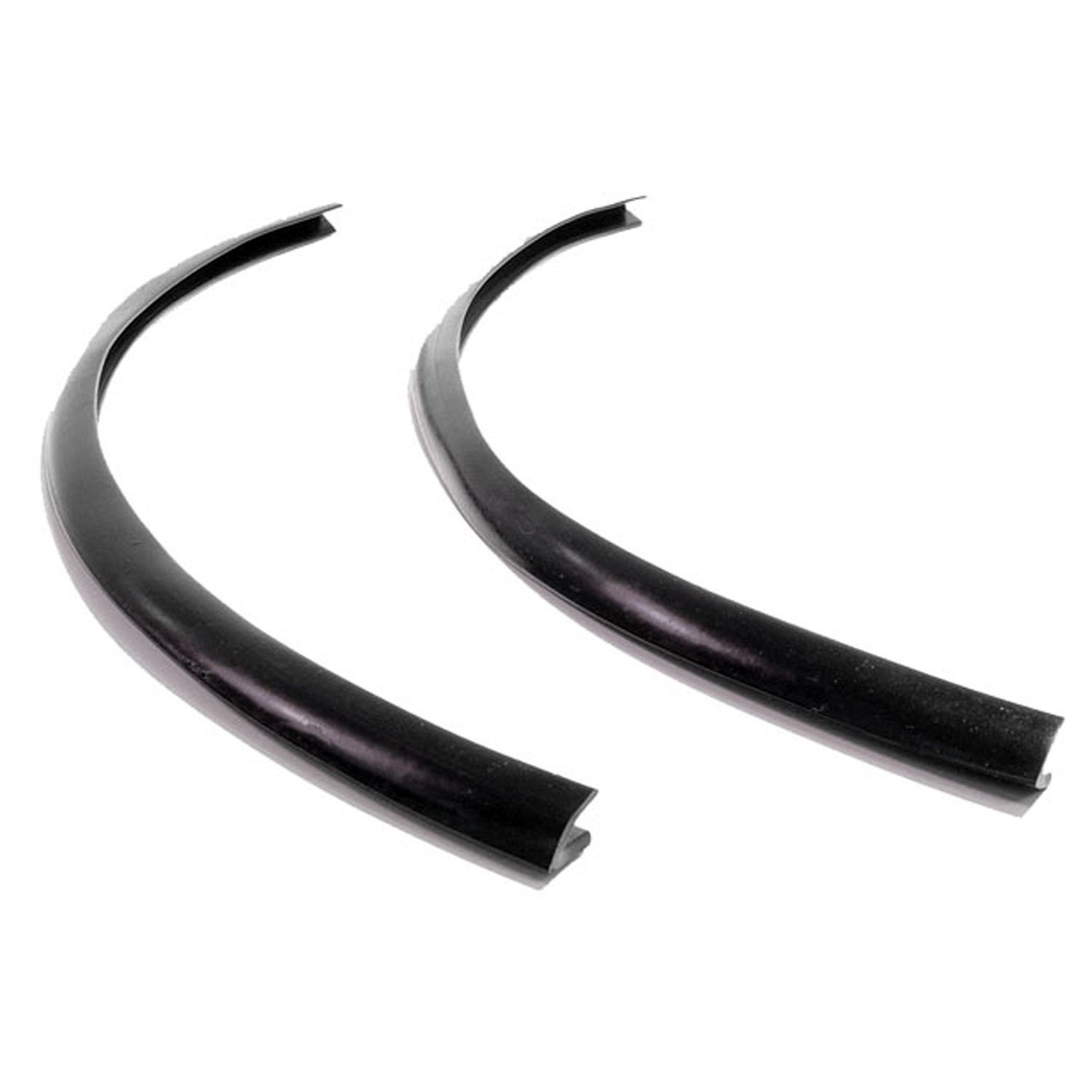 1952 Ford Customline Vertical Seals for Vent Window. Each piece is 17" long-VS 6Vertical Seals for Vent Window. Each piece is 17" long. Pair
1952 Ford Customline Vertical Seals for Vent Window. Each piece is 17" long-VS 6Vertical Seals for Vent Window. Each piece is 17" long. Pair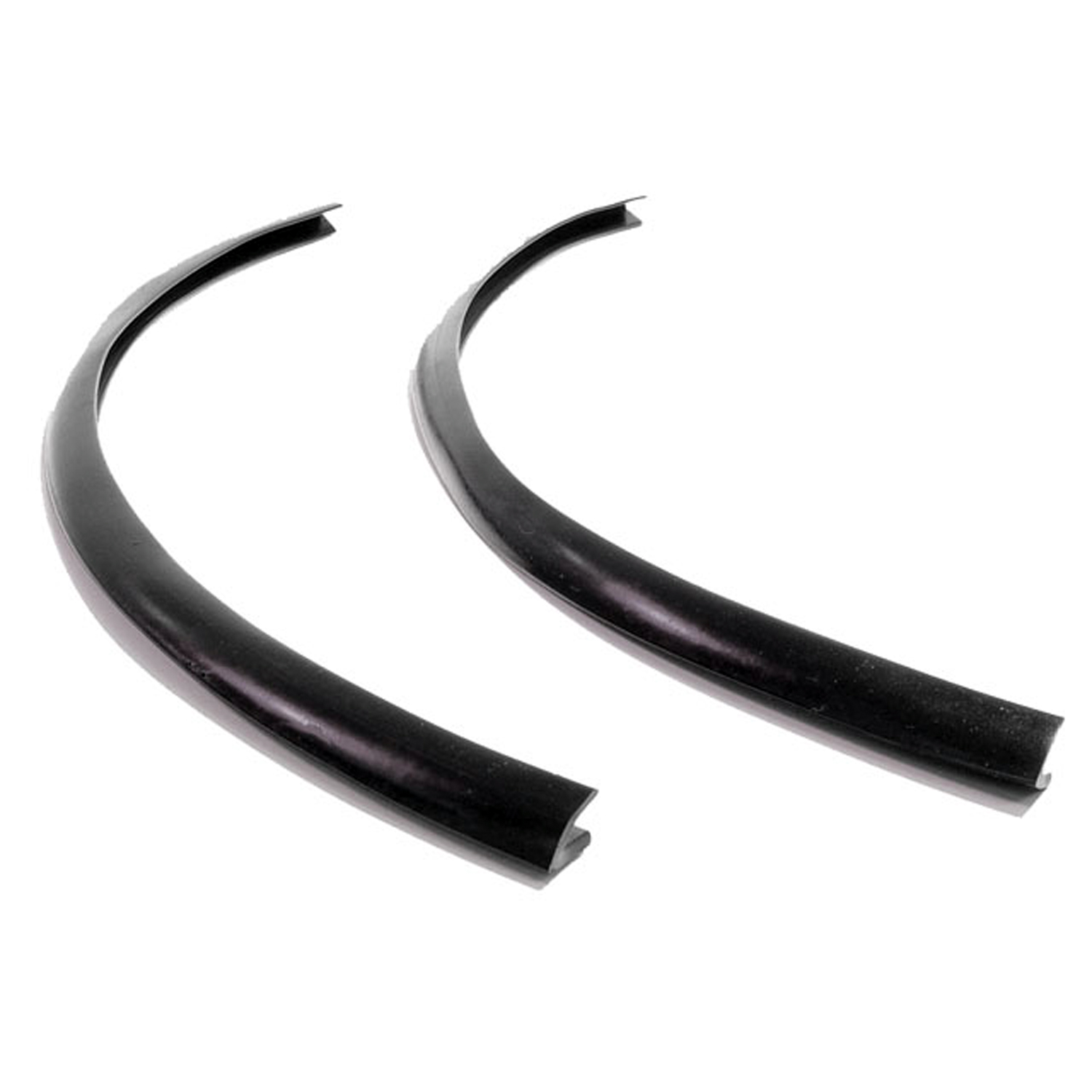 1952 Ford Customline Vertical Seal for Vent Window. Sold by the foot.-VS 6/FTVertical Seal for Vent Window. Sold by the foot.
1952 Ford Customline Vertical Seal for Vent Window. Sold by the foot.-VS 6/FTVertical Seal for Vent Window. Sold by the foot.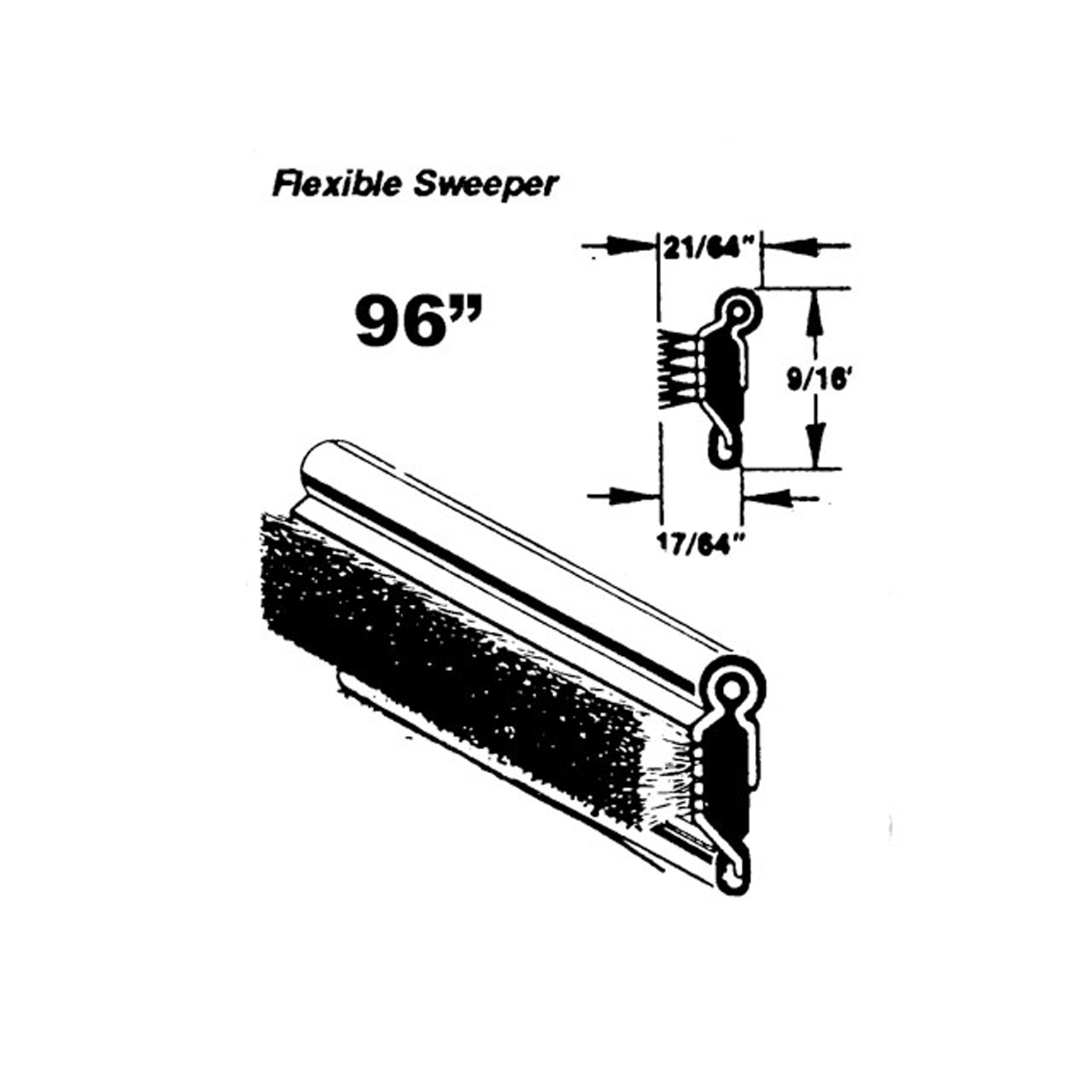 1952 Ford Customline Flexible window sweeper. Made with stainless steel bead-WC 7-96Flexible window sweeper. Made with stainless steel bead. 96 in. long. Each. NOTE: $20 special shipping charge applies for domestic orders. Call or email for overseas shipping costs. Part can be sectioned in two or three equal lengths to reduce overseas shipping costs.
1952 Ford Customline Flexible window sweeper. Made with stainless steel bead-WC 7-96Flexible window sweeper. Made with stainless steel bead. 96 in. long. Each. NOTE: $20 special shipping charge applies for domestic orders. Call or email for overseas shipping costs. Part can be sectioned in two or three equal lengths to reduce overseas shipping costs.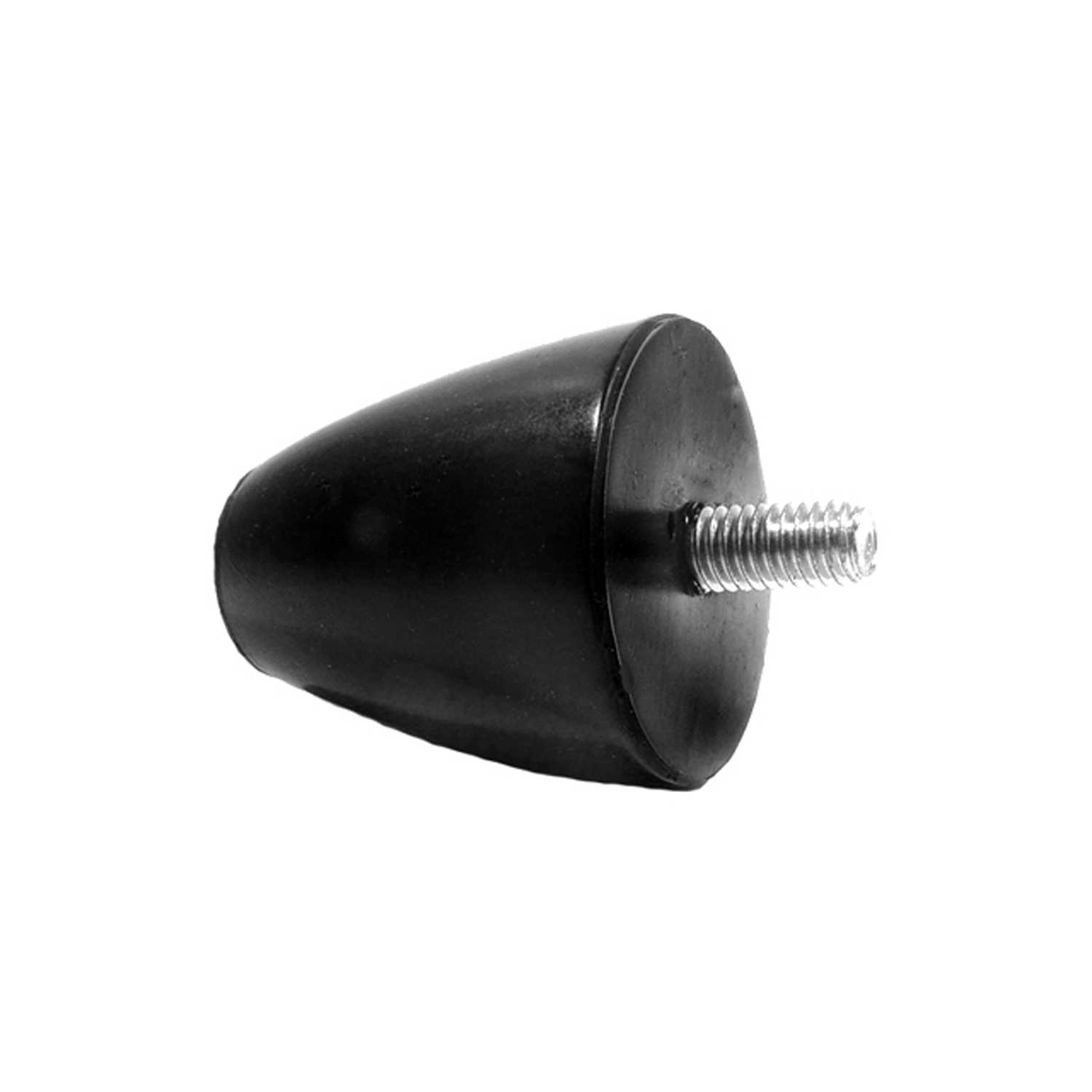 1952 Ford Customline Front Suspension Bumper. For lower arm. 2" O.D-XB 22Front Suspension Bumper. For lower arm. 2" O.D., 2-1/8" high. Each
1952 Ford Customline Front Suspension Bumper. For lower arm. 2" O.D-XB 22Front Suspension Bumper. For lower arm. 2" O.D., 2-1/8" high. EachWhy Choose Metro?
For over 100 years, Metro Moulded Parts has been the pinnacle of quality in classic car restoration parts. Our commitment to precision and authenticity in every component ensures a perfect fit and an OEM-level appearance.
- Expert Craftsmanship & Quality: Each part is a testament to our dedication to reliability and perfection, crafted from original designs and thoroughly tested.
- Advanced Technology: We use cutting-edge techniques to create flawless, long-lasting parts that surpass others in performance.
- SuperSoft Sponge – The Ultimate Door Seal: Not only are our door seals 30% softer than competitors', but they're also guaranteed to never leak. They effectively reduce wind and road noise, enhancing your classic car's comfort and driving experience.
- Proudly American: Our parts are a product of American craftsmanship, made in the USA with a spirit of excellence and heritage.
- Unrivaled Warranty: We back our products with a 30-year industry-leading warranty, a testament to our confidence in their quality.
Join us in preserving the legacy of classic cars with parts that are crafted for perfection, not just made.

